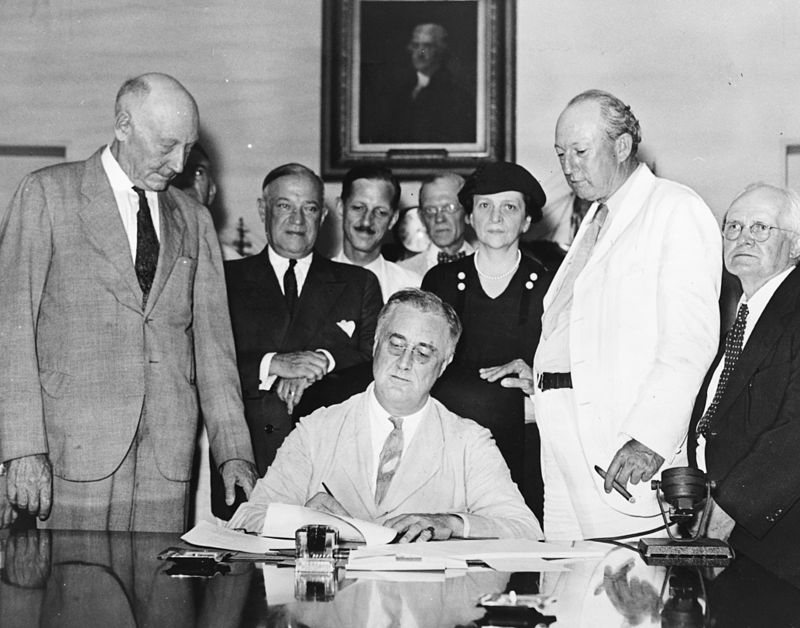Mortgages are not unique to America, but American mortgagors do enjoy significantly many more advantages than do their international counterparts. How these advantages came to be is the topic of this blogpost. Simply scroll down to find out!
The HOLC Hulks Out
For this story, we have to go back in time to the Pre-Depression era, when renegotiating loans annually was the status quo for American homeowners. At this time, residential mortgages were short-term (usually five to ten years) and came with payments of principal (“bullet” payments) that were due at term; paying off the outstanding loan balance became a must if the borrowers couldn’t find a way to refinance these loans. The variable rate of interest that accompanied many of the loans was also another burden, but wasn’t too weighty since properties could be liquidated when needed. When the Great Depression hit in 1929, however, property values plunged by half the original amounts. Cornered by the prospects of financial instability, mortgagors didn’t budge despite needing to pay off their outstanding loan balances. After they defaulted, approximately 250,000 foreclosures occurred annually until 1935. As part of President FDR’s New Deal, the federal government stepped in to pick up the pieces; one of the organizations it founded was the Home Owner’s Loan Corporation, or HOLC, which fundraised via government-backed bonds. The HOLC used the money to buy defaulted mortgages fromfinancial institutions and reinstated one million mortgages, even transforming short-term mortgages into fixed-rate, long-term (20 years) ones.

PUBLIC DOMAIN.
An Unexpected Felix Culpa
After having hulked out and served its purpose, the HOLC faded from existence in 1936. Two years later, the Federal National Mortgage Association (the present-day Fannie Mae) took its place. To stimulate more gusto in investors, the federal government created the Federal Housing Administration (FHA) and encouraged mortgage purchases. An unexpected blessing arrived amidst disasters when America entered World War II to side with the Allies against the Axis powers. American firms generated much revenue since they were major sources for the things that Allied nations desperately needed for war. Thus, although one in three American banks had crashed in the Depression, the housing market catapulted to the peak it enjoyed in 1925. Thanks to the combination of government spending of the New Deal and capitalist enterprising, the Depression was over by 1941. Three years later, the G.I. Bill (of Rights), which arrived through the Servicemen’s Readjustment Act, developed the Veterans Administration mortgage insurance program, and helped stimulate the housing market. Heroes of the war could now become mortgagors with very low down payments. After the FHA relaxed its terms, the maximum mortgage term became 30 years (formerly 20) and the loan-to-value ratio became 95 percent (instead of 80) for newly constructed homes. As long-term (hence, affordable), fixed-rate, self-amortizing mortgage became available, homeownership became more and more widespread. The pattern continues today.

(Photo taken from a Japanese plane.) PUBLIC DOMAIN.
Conclusion
Before the Depression was fully over, there was even a brief recession in 1938. And many more events, like the advent of the FIRREA (Financial Institutions Reform, Recovery, and Enforcement Act) and Freddie Mac helped shape the mortgage scene we know today. To learn more about the full details of mortgages, simply enlist the help of American Mortgage Resource, Inc.!
Leave a Reply